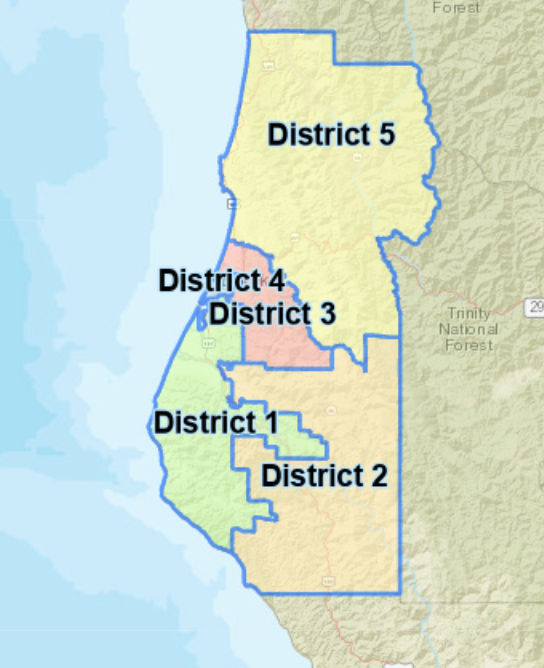EPIC Objects to Seiad-Horse Creek Post-Fire Logging
- Jul 23, 2018
- 2 min read

All of these old growth trees in northern spotted owl critical habitat and Late Successional Reserve are proposed for cutting.
On Monday, EPIC formally objected to the Seiad-Horse Project on the Klamath National Forest. The Seiad–Horse project threatens to clearcut over 1,000 acres along the Siskiyou Crest, on the California-Oregon border. It is one of multiple US Forest Service timber sales in the region that is likely to adversely affect threatened species. EPIC’s objection puts the Forest Service on notice that the timber sale violates the law and sets forth what the agency can do to avoid litigation.
Rather than listen to the best available science and work with the public to choose a more ecologically sound alternative, the Klamath National Forest has chosen the most destructive option: log within an Inventoried Roadless Area and other areas containing older forest reserves that serve as critical habitat for species like the northern spotted owl and Pacific fisher. The project runs along the Siskiyou Crest, a unique and vital east to west wildlife connectivity corridor that allows species to traverse between wild intact forest areas. The proposed industrial logging plan would create such large openings it would disrupt the migration and dispersal patterns of rare and endemic animal species.
According to its own models, the Seiad-Horse project will harm water quality and increase sediment into these already impaired mid Klamath River watersheds. These tributaries provide cool water refuge, which are strongholds for threatened coho and Chinook salmon.
The Klamath National Forest refuses to learn from the past and is recreating the conditions that caused areas of the fire to burn at high intensity. The Abney Fire burned hottest in plantations that were created from post-fire logging and replanting thirty years ago. That high intensity fire then moved into adjacent older stands that are currently proposed for cutting. The Forest Service’s plan would perpetuate this flammable ecologically destructive cycle by removing the largest and oldest trees in these forest stands, and replacing them with even-aged tree plantations.

Old growth ponderosa pine in northern spotted owl critical habitat and Late Successional Reserve proposed for extraction.
The next step will be an objection-resolution meeting with the Regional USFS Office. EPIC, with our conservation allies, will be defending the watersheds, wildlife and biological diversity of the Siskiyou Crest and working towards an ecologically sound resolution with the KNF and USFS. Please stay tuned for the outcome.





Comments